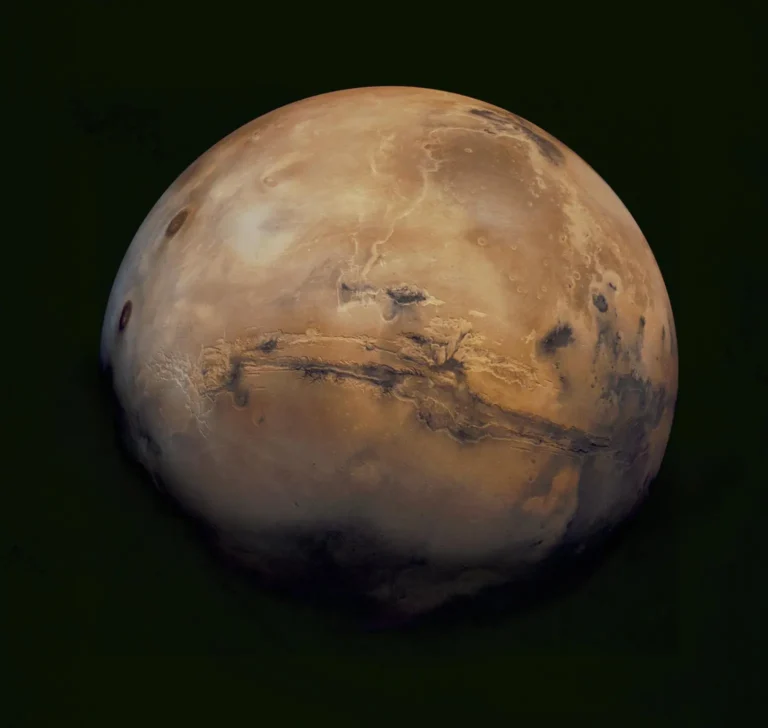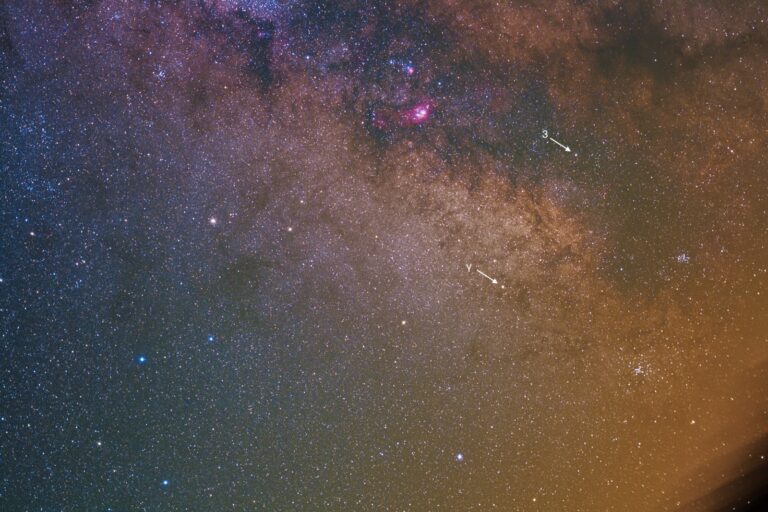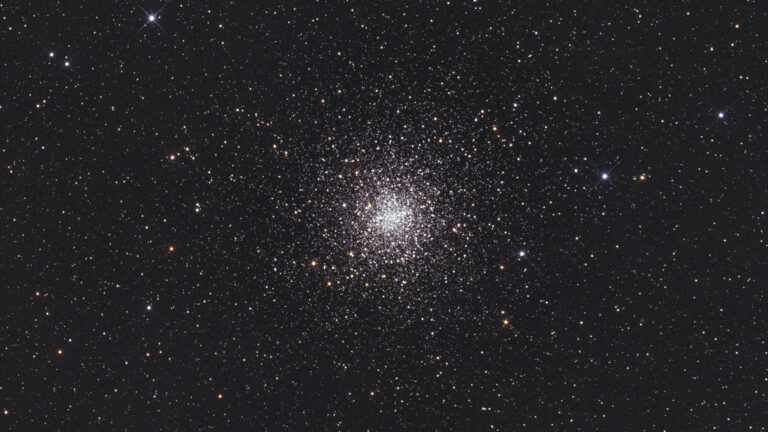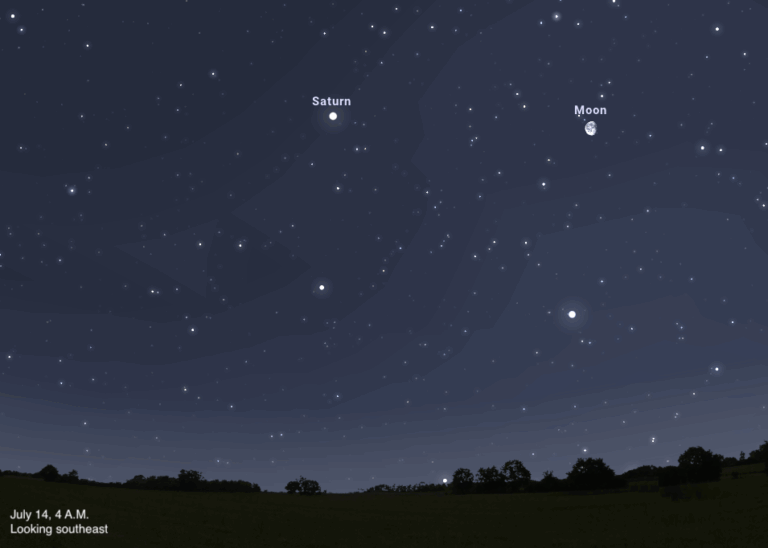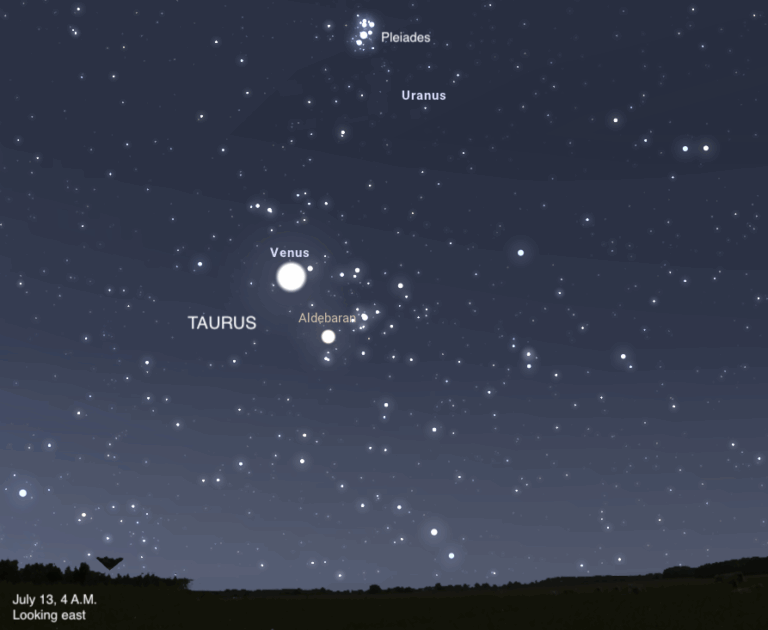
Key Takeaways:
The Milky Way contains some really, really big stuff: supergiant stars, unimaginably huge emission complexes, molecular clouds, star clusters, dark nebulae, and more. Beyond lie more galaxies and clusters of galaxies. The true cosmic scale of these objects has only become known during the last century or so. Peering at them through a telescope is an exhilarating experience.
Because of the scale of the universe, the components of even the closest galaxies are tough to see without big telescopes. But we can explore our own Milky Way’s astonishing objects. Some are not only visible but appear really large in the nighttime sky.
Selection parameters
I started by creating a list of my personal top 50 large and spectacular celestial wonders, considering only deep-sky objects that are at least twice as large as the Full Moon in visible light. In other words, nominees to my list must span at least a degree on the sky.
Also, the object should be bright enough so that it is possible to detect it visually under excellent conditions. That said, several of these are challenging to see through a telescope – but they’re great targets for piggyback imaging if you have a mount that can track the sky.
Thirty-two of the 50 objects are visible to the naked eye; 45 are visible or best seen through binoculars; eight are faint and are a challenge to see visually; and seven are so far south that unless you live south of Mexico City or in Hawaii, you won’t see them at all. With one exception, the Spaghetti Nebula (Simeis 147), you should be able to see all of these through binoculars or a 6-inch telescope.
| Designation | Diameter | Constellation | Right Ascension | Declination |
| Milky Way | 360º | >1 | – | – |
| Gum Nebula | 36º | Vela | 8h00min | –43°00′ |
| Serpens-Aquila Rift | 20º | Serpens/Aquila | 19h07min | 1°00′ |
| Large Magellanic Cloud | 10.75º | Dorado | 5h24min | –69°45′ |
| Barnard’s Loop | 10º | Orion | 5h28min | –3°58′ |
| Virgo Cluster | 10º | Virgo | 12h27min | 12°43′ |
| Zodiacal light | 20º | >1 | – | – |
| Gegenschein | 10º | >1 | – | – |
| Pipe Nebula | 8.3º | Ophiuchus | 17h27min | –26°56′ |
| Vela supernova remnant | 8º | Vela | 8h35min | –45°11′ |
| Coma Star Cluster | 7.5º | Coma Berenices | 12h22min | 25°51′ |
| Coalsack Nebula | 7º | Crux | 12h50min | –62°30′ |
| Rho Ophiuchi region | 6.5º | Ophiuchus | 16h28min | –24°33′ |
| Large Sagittarius Star Cloud | 6º | Sagittarius | 18h00min | –29°00′ |
| Northern Coalsack | 6º | Cygnus | 21h08min | 47°36′ |
| Dark Horse Nebula | 6º | Ophiuchus | 17h21min | –21°07′ |
| M16 + M17 + Sh 2–54 | 6º | Serpens | 18h19min | –14°06′ |
| Melotte 206º | Perseus | 3h27min | 48º48′ | |
| Hyades Cluster | 5.5º | Taurus | 4h27min | 15°52′ |
| Small Magellanic Cloud | 5º | Tucana | 0h53min | –72°50′ |
| Taurus Molecular Cloud | 5º | Taurus | 4h41min | 25°52′ |
| Scutum Star Cloud | 5º | Scutum | 18h40min | –7°00′ |
| False Comet | 5º | Scorpius | 16h54min | –41°48′ |
| Veil Nebula | 4º | Cygnus | 20h46min | 30°42′ |
| Melotte 186 | 4º | Ophiuchus | 18h01min | 2°54′ |
| M6 + M7 | 3.5º | Scorpius | 17h54min | –34°48′ |
| RCW 132 Nebula | 3.5º | Scorpius | 17h35min | –32°35′ |
| Gamma Cygni Nebula | 3.5º | Cygnus | 20h17min | 41°57′ |
| Andromeda Galaxy | 3.2º | Andromeda | 0h43min | 41°17′ |
| Witch Head Nebula | 3º | Eridanus | 5h02m | –7°54′ |
| Simeis 147 | 3º | Taurus | 5h39min | 28°00′ |
| M8/M20 vista | 3º | Sagittarius | 18h04min | –24°23′ |
| Heart Nebula | 3º | Cassiopeia | 2h33min | 61°27′ |
| Elephant Trunk Nebula | 2.5º | Cepheus | 21h39min | 57°30′ |
| California Nebula | 2.5º | Perseus | 4h03min | 36°25′ |
| Soul Nebula | 2.5º | Cassiopeia | 2h55min | 60°25′ |
| Thor’s Helmet + Seagull | 2º | Monoceros | 7h04min | –10°27′ |
| North America Nebula | 2º | Cygnus | 20h59min | 44°32′ |
| Eta Carinae Nebula | 2º | Carina | 10h45min | –59°52′ |
| Pleiades | 1.8º | Taurus | 3h47min | 24°07′ |
| NGC 7822 | 1.7º | Cepheus | 0h04min | 68°37′ |
| Southern Pleiades | 1.7º | Carina | 10h43min | –64°24′ |
| Beehive Cluster | 1.6º | Cancer | 8h40min | 19°59′ |
| M24 | 1.5º | Sagittarius | 18h17min | –18°29′ |
| Flaming Star Nebula | 1.5º | Auriga | 5h16min | 34°28′ |
| Orion Nebula | 1.5º | Orion | 5h35min | –5°23′ |
| Rosette Nebula | 1.4º | Monoceros | 6h34min | 5°00′ |
| NGC 752 | 1.3º | Andromeda | 1h58min | 37°41′ |
| Running Chicken Nebula | 1.3º | Centaurus | 11h37min | –63°02′ |
| Lambda Orionis Nebula | 1.2º | Orion | 5h35min | 9°56′ |

